Rep. Alexandria Ocasio-Cortez (D-NY) is rolling out a legislative package which calls for a “national, social, industrial and economic mobilization at a scale not seen since World War II,” according to a letter the sent to colleagues.
The specifics of the plan, dubbed the “Green New Deal,” will be released next week – however Ocasio-Cortez lays out several goals in the letter, including reaching net-zero greenhouse gas emissions “through a fair and just transition for all communities and workers,” while creating millions of “good, high-wage jobs,” according to Bloomberg. The plan also aims to ensure prosperity and security while investing in US infrastructure and industry.
The “Green New Deal” will also fight racism apparently:
The resolution will also call for clean air and water, climate resiliency, healthy food, access to nature and “a sustainable environment for all for generations to come,” according to the letter. Lastly, the Green New Deal will “promote justice and equity by preventing current and repairing historic oppression to frontline and vulnerable communities.”
She said the goals will be accomplished through a 10-year plan of industrial and infrastructure projects. –Bloomberg
The cost? $7 trillion.
What is the ‘Green New Deal?’ pic.twitter.com/39hOXI9xMg
— Alexa Bellamy (@anna7bella) February 3, 2019
So far over 40 progressive lawmakers, including Democratic 2020 presidential candidates, have gotten behind the Green New Deal – however it has yet to win over Democratic moderates such as House Speaker Nancy Pelosi.
Ocasio-Cortez on joining the Sunrise Movement’s protest in Nancy Pelosi’s office a week after the midterms: “I could have thrown up that morning, I was so nervous. But I kept kind of just kept coming back to the idea that what they’re fighting for wasn’t wrong.” pic.twitter.com/y81YDQiNe5
— Frank Dale (@fwdale) January 7, 2019
And while Bloomberg notes that “the Green New Deal would certainly never pass muster with coal-state Senate Majority Leader Mitch McConnell and President Donald Trump,” Democrats behind the plan think it’s “important to show it has the blessing of the House Democrats in advance of the 2020 presidential elections.”
In other words, some Democrats are looking to run on this in 2020.
Conservatives pushed back on the idea.
“Americans deserve better than to foot the bill for the Green New Deal’s reckless, expensive, and unattainable goals,” said Rep. Markwayne Mullin (R-OK). “The Green New Deal, just like proposals for free college or Medicaid for All, is nothing but an empty promise that leaves American taxpayers on the hook.”
The resolution has nine co-sponsors, while Sen. Ed Markey (D-MA) will roll out companion legislation in the Senate, according to the letter sent by Ocasio-Cortez.
Markey will invite Varshini Prakash, co-founder of Green New Deal supporting group, Sunrise, as his guest to the State of the Union on Tuesday.
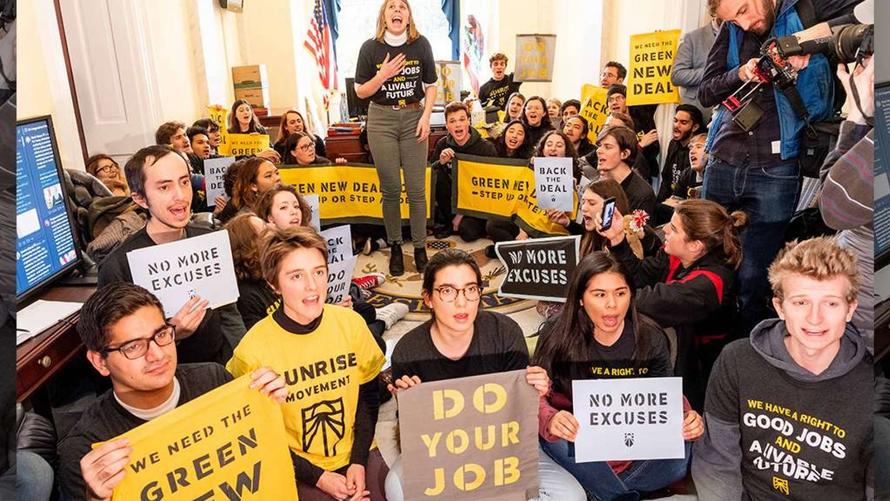
On Monday, Ocasio-Cortez retweeted a claim from one of her advisers, law professor Robert Hockett, that “the problems the Green New Deal addresses require solutions where bigger is better, imperative, and paraodixcally, more affordable.”
CASE FOR A GREEN NEW DEAL: @AOC adviser, Robert Hockett lays out the argument for why a full economic mobilisation agaist climate change now would save the US money in the long run (and, you know, hopefully the planet too).https://t.co/RoLLMV6mIo@rch371 #OOTT pic.twitter.com/VzoxBvxj1B
— David Sheppard (@OilSheppard) February 4, 2019
Meanwhile, analysts have shot down the idea – suggesting that Ocasio-Cortez is in over her head.
“It’s a daunting task, and I’m not sure that the authors of the Green New Deal fully comprehend how much they’ll need,” physicist Christopher Clack told The Hill.
via ZeroHedge News http://bit.ly/2UJdfGc Tyler Durden
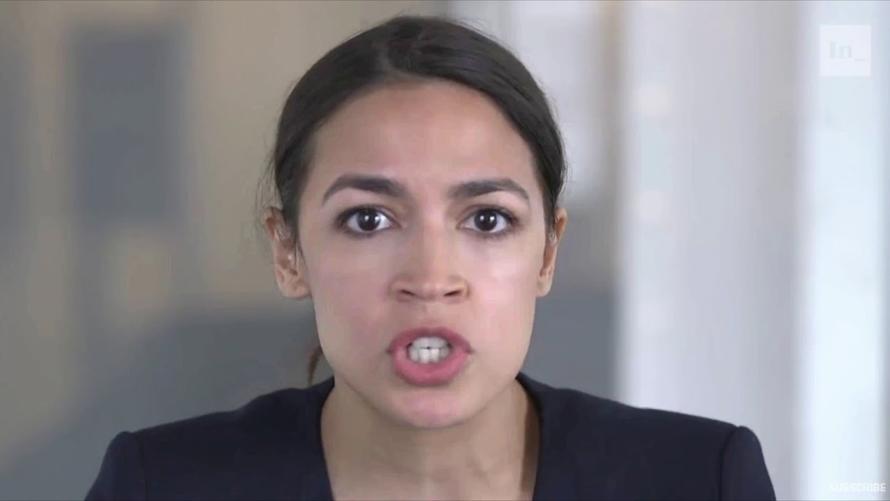
 If the last month is any guide, President Trump will devote much of his State of the Union Address tonight to demanding that congressional Democrats acquiesce to his request for $5.7 billion in federal funding to build hundreds of mile of wall along the southern border.
If the last month is any guide, President Trump will devote much of his State of the Union Address tonight to demanding that congressional Democrats acquiesce to his request for $5.7 billion in federal funding to build hundreds of mile of wall along the southern border.
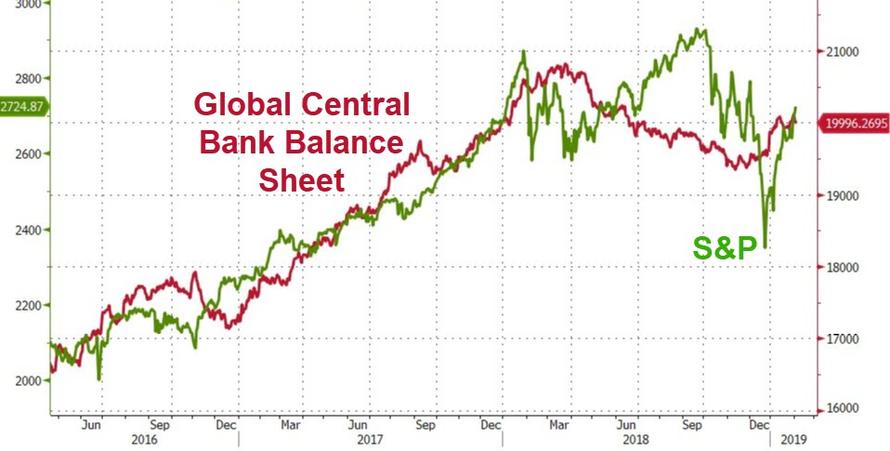
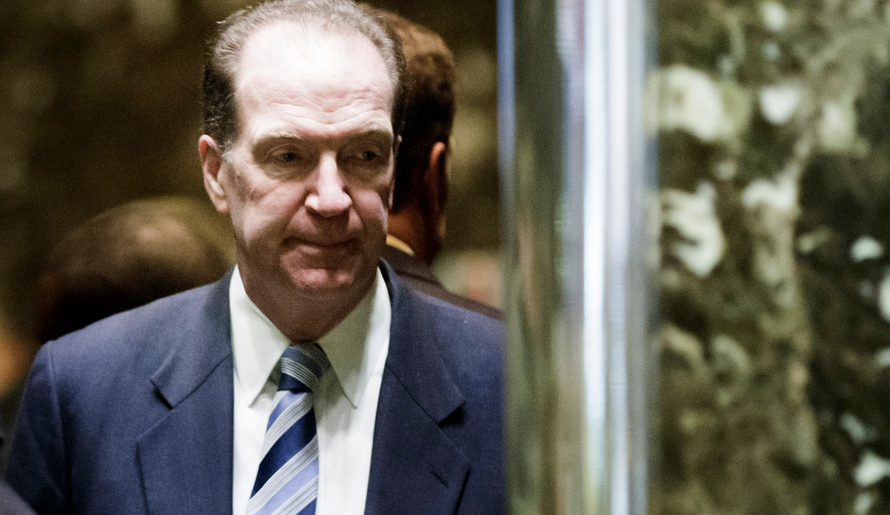
 lately started saying that this is necessary not just to deal with the security crisis at the border—but also a humanitarian crisis.
lately started saying that this is necessary not just to deal with the security crisis at the border—but also a humanitarian crisis.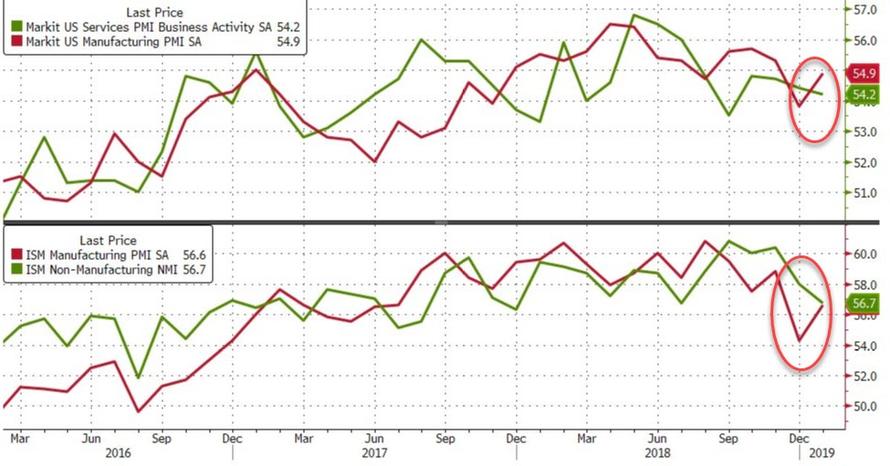
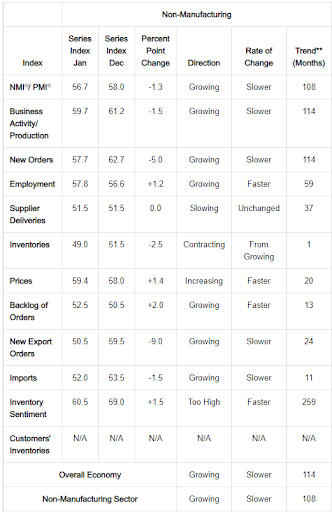
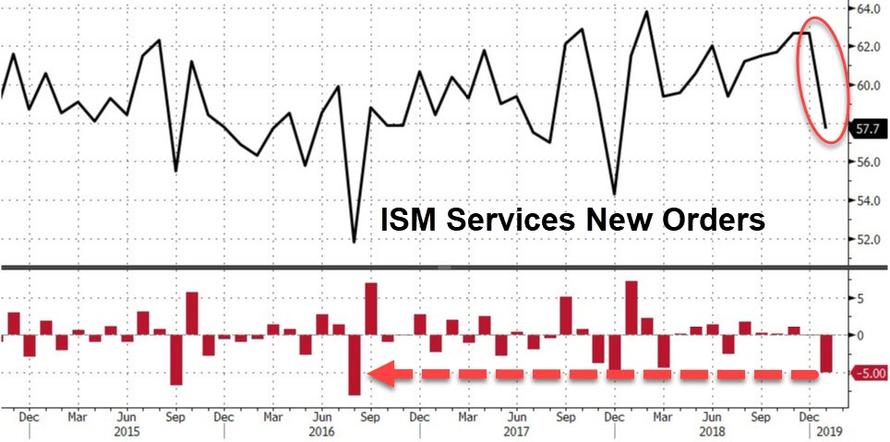
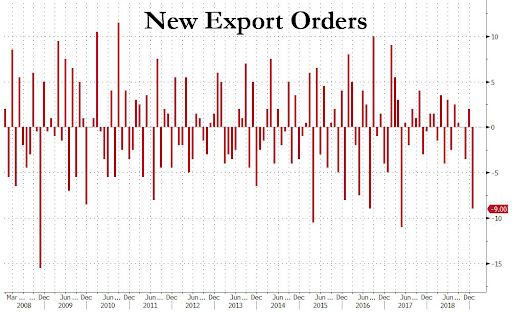
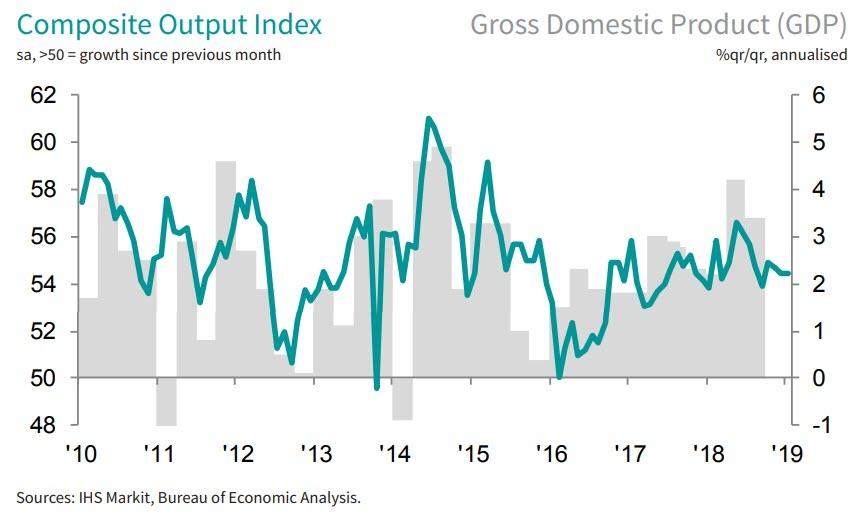
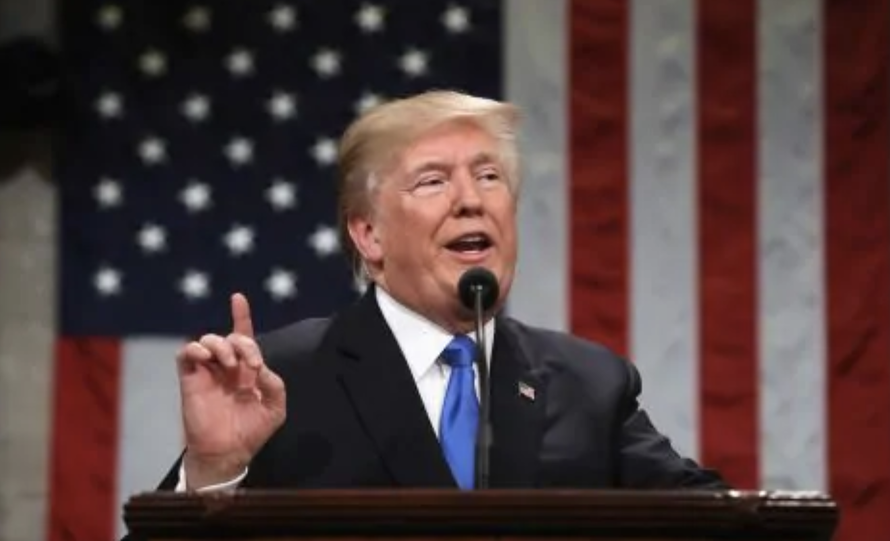
 Lawyers for rapper 21 Savage are disputing federal agents’ claims about the 26-year-old, who was arrested Sunday by Immigration and Customs Enforcement (ICE) agents. ICE said the rapper—whose real name is Shayaa Bin Abraham-Joseph—had been decieving everyone about having Atlanta roots, was actually from the U.K., and had overstayed his immigration visa for years.
Lawyers for rapper 21 Savage are disputing federal agents’ claims about the 26-year-old, who was arrested Sunday by Immigration and Customs Enforcement (ICE) agents. ICE said the rapper—whose real name is Shayaa Bin Abraham-Joseph—had been decieving everyone about having Atlanta roots, was actually from the U.K., and had overstayed his immigration visa for years.